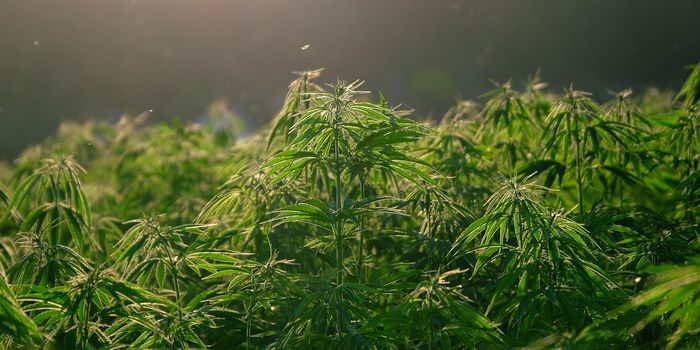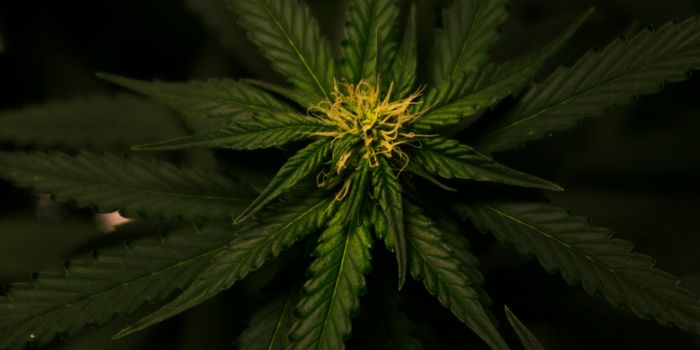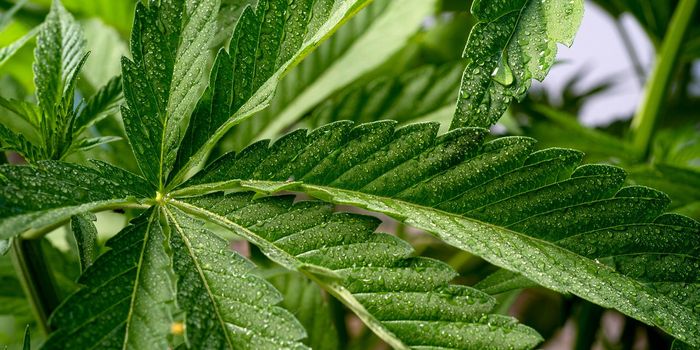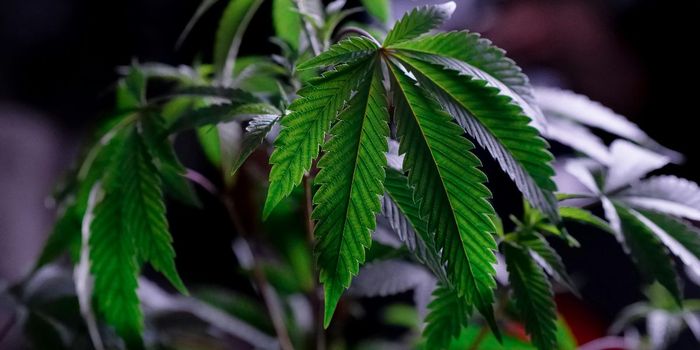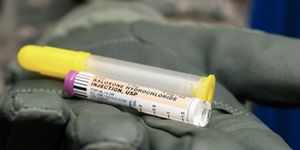Examining Laboratory Testing for Cannabis Industry
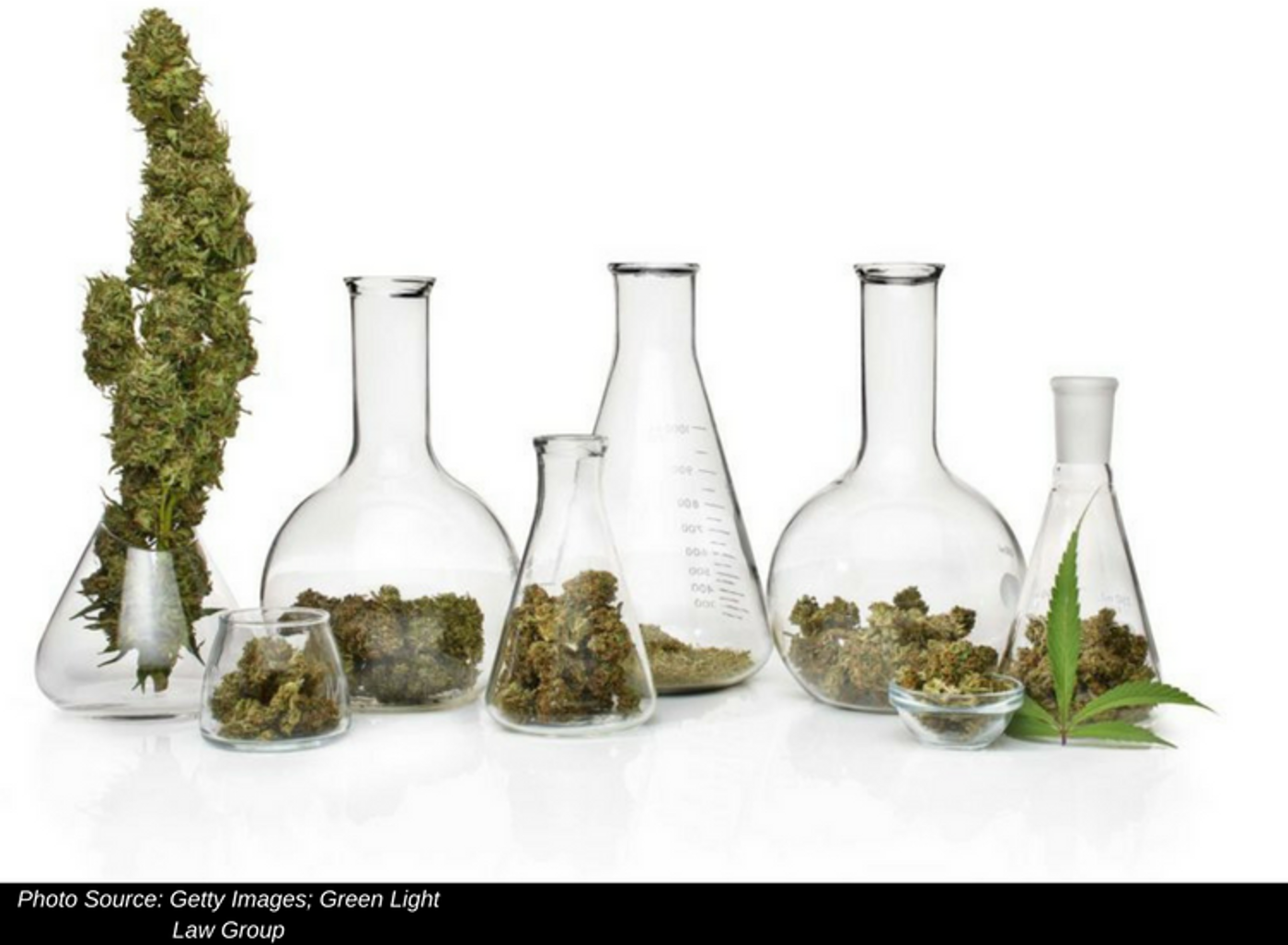
Scientific testing of cannabis products is complicated and utilizes a multitude of instruments and methods depending on the compound or contaminant being evaluated. As a naturally occurring product, cannabis contains thousands of compounds. Scientists are aware of many of these compounds but there is much more to learn about this plant. Chromatography is a scientific method commonly used to determine and identify those compounds. According to much of the published information available, laboratories use Thin Layer Chromatography (TLC), Gas Chromatography (GC), and High Performance Liquid Chromatography (HPLC) and Ultra-High Performance Liquid Chromatography (UHPLC) to identify the presence of cannabinoids like THC and CBD. Lastly, Mass Spectrometry is used to quantitate the products that result from chromatography analysis.
TLC provides a means to quickly analyze numerous samples at the same time. TLC is lower in cost than other methods. TLC is qualitative in nature and can aim to evaluate if samples are different (or very similar).
In GC, the sample is vaporized using heat and then eluted off of the chromatography column. Only certain determinations can be made with this method because critics say that using heat alters the cannabis compounds before they are identified so the relative concentrations of compounds may be affected.
HPLC and UHPLC are essentially the same; they are both liquid chromatography laboratory methods for separation of compounds within a given product. The difference in the name comes from differences in the porosity of the column matrix. HPLC can be used to separate particles 2.5 – 5 microns in size while UHPLC can separate particles as small as 2 microns in size. To put that in context, a single bacterium or cellular organelle like a single mitochondria, can be between 2.5 and 10 microns in diameter. Eukaryotic cells can be 10 to 100 microns in diameter.
The goal of this testing is to provide accurate, precise and reliable results for contaminant presence and beneficial cannabinoid compound presence in marijuana and hemp; this contributes to safe and appropriate use by patients for therapeutic treatment.
Sources: Chromatography Today, Shimadzu White paper, SCLabs, Steep Hill, Association of Commercial Cannabis Labs,

